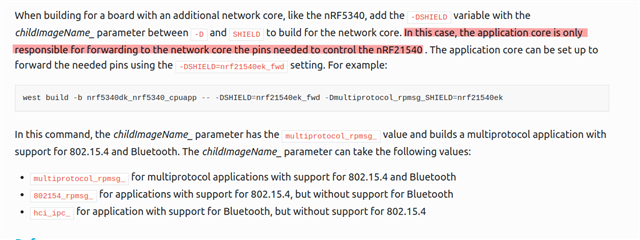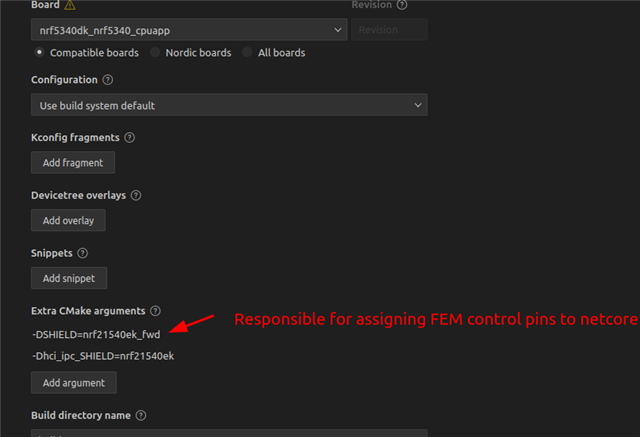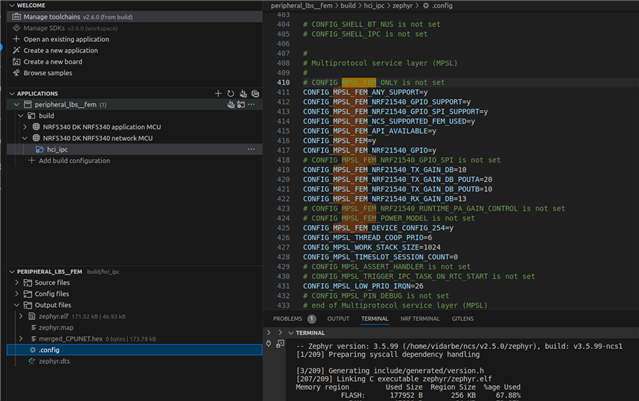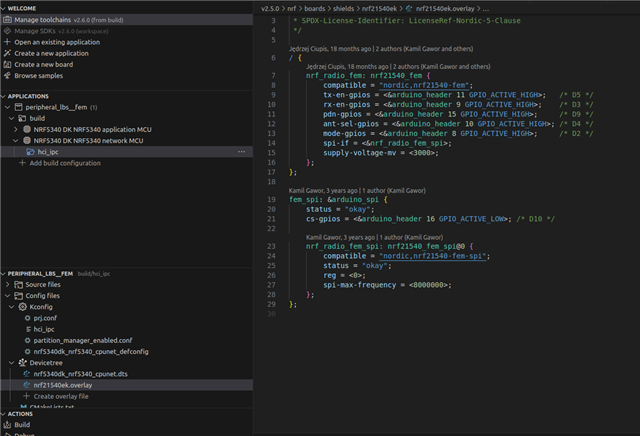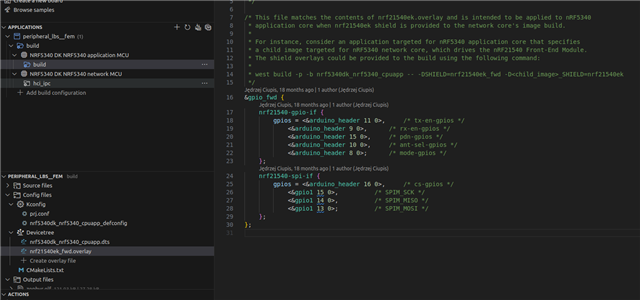Hey I have a question regarding the setup described in the title. I have an application built upon the "Throughput Sample" of Nordic Semiconductor. To get a farther Distance, the Receiver gets an nrf21540 EK, connected via the Arduino Headers and a SMA cable. Now I added the Shield via Extra C-Make option in The VS Code Extension:
-DSHIELD=nrf21540ek and
-Dhci_ipc_SHIELD=nrf21540ek
However, this is the only thing I did so far. The resources online are diverse and I don't know where to start. Can i just plug it in now and it automatically
works? Do i need to change something in my code for it to work?
I use the 2.6.0 SDK in Visual Studio Code
An answer would help a lot! Thanks!


